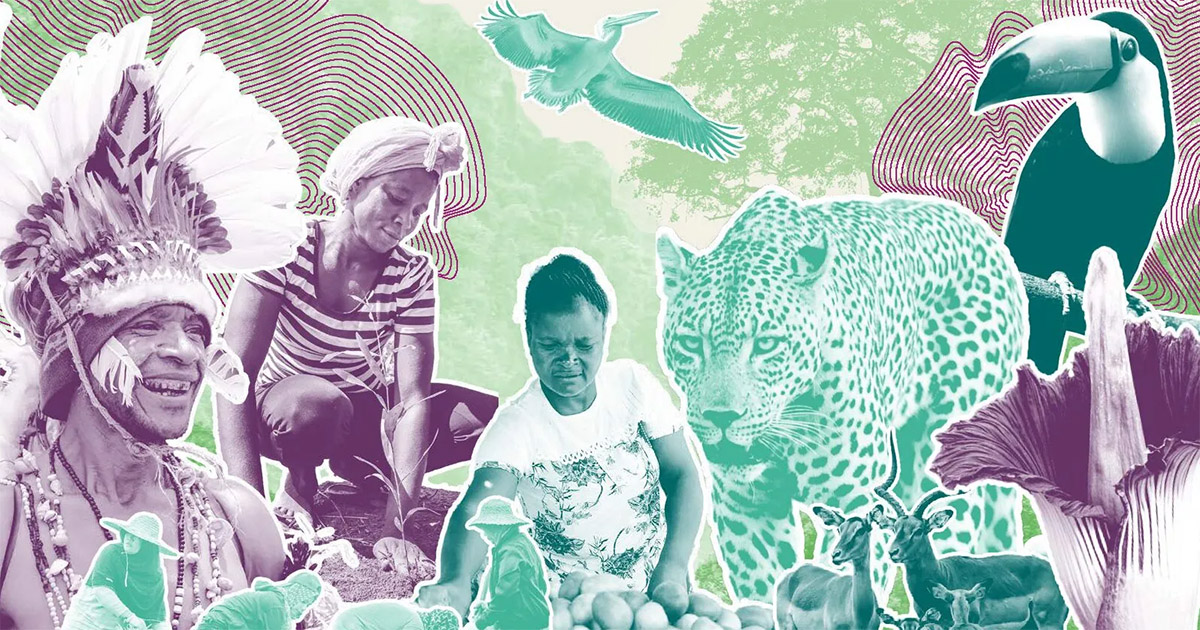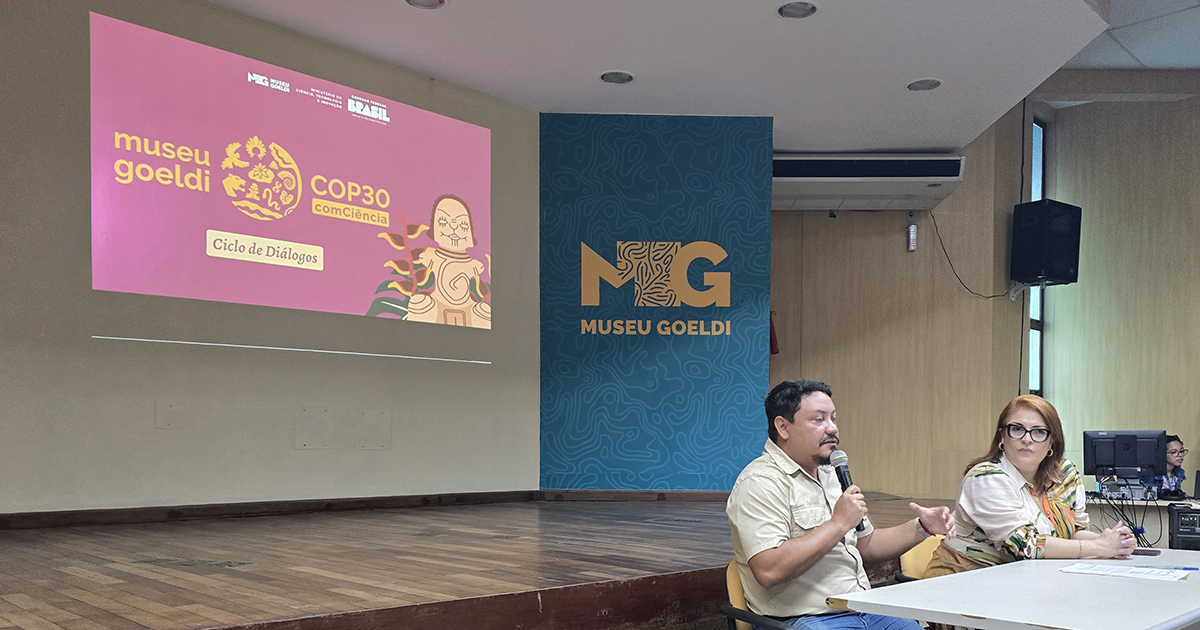Climate-smart agriculture (CSA) has three goals—productivity, resilience and mitigation. Rarely are these accounted for in CSA programming or the scientific evidence that supports it. Here, we evaluate the climate smartness of CSA-based agroforestry practices in Tabora and Dodoma, Tanzania using unpublished data from earlier studies. Firstly, a study of on-farm wood production and its use with the improved cook stove (ICS) was used to ascertain the productivity and mitigation effects of CSA. Next, intercropping experiments of maize or cassava with pigeonpea and/or G. sepium provided information on the production and resilience benefits of CSA. It was found that agroforestry practices (shelterbelt, trees on contours and intercropping) supplied up eight tons per hectare (t ha−1) of wood—enough to support a five-member family for up to 6 years when using ICS. Employing ICS also reduced the time spent in cooking (20%) and fuelwood collection (32%), and reduced gas emissions by 62%. Generally, intercropping pigeonpea or G. sepium enhanced farm production (as noted by a land equivalent ratio greater than 1) and agroecosystem resilience through crop diversification by using suitable intercropping arrangements and including a drought-resistant crop. Using the latter two in semi-arid Dodoma enhanced crop production across seasons and sites. Our analysis shows that adopting CSA-based agroforestry and intercropping practices is beneficial. However, these benefits are not universal. It also illustrates other key principles for understanding multidimensionality of CSA objectives, including the need to: select appropriate indicators, ensure designs are robust for heterogeneity, examine trade-offs, and conduct participatory evaluation of CSA.
DOI:
https://doi.org/10.1007/978-3-319-92798-5_13
Dimensions Citation Count:
























